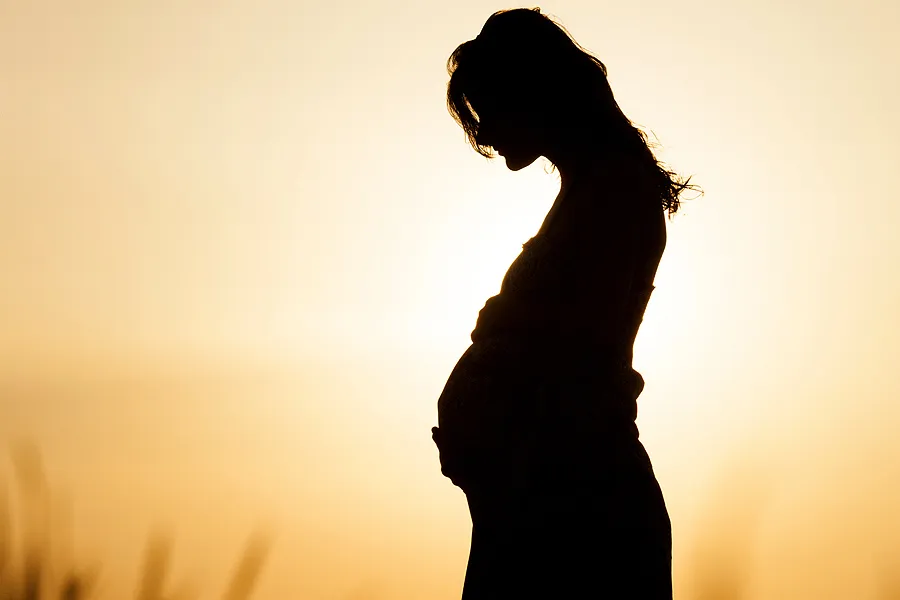
Madrid, Spain, Mar 30, 2017 / 05:40 am (CNA/EWTN News).- A pregnant woman who found her faith in a Spanish prison, refused to give up the name of her Christian catechist to her persecutors, and died for lack of medical care was beatified on Saturday.
“Emilia is a martyr of suffering, because she died some 10 days after giving birth for lack of medical attention, clutching her rosary. She had a chance to apostatize, to betray the one who taught her the faith, but she did not. She’s an example,” Historian Martin Ibarra told CNA.
On March 25, Cardinal Angelo Amato, prefect for the Causes of Saints, beatified Emilia Fernandez and 114 other martyrs of religious persecution during the Spanish Civil War, which lasted from 1936-1939.
Emilia became the first Romani – or Gypsy – woman to be beatified by the Catholic Church.
“Emilia’s life up to 24 years of age was normal for an Andalusian Gypsy woman at the beginning of the century,” Ibarra said. “She devoted herself to her family, her work as a basket maker. She was a hard working woman, a Gypsy and honest.”
She and her husband, Juan Cortes and were imprisoned for trying to prevent Juan from being conscripted into the war.
Although Emilia was pregnant when she went to prison, she did not receive any additional care. Officials assigned her the same insufficient food ration as the rest of the female prisoners.
Emilia “carried her pregnancy in the prison under terrible conditions, and suffered a lot from hunger,” Ibarra said.
It was in prison where she discovered her faith.
“Even though she had been baptized, she never set foot in a church. It was especially through the rosary that her catechist Dolores del Olmo taught her,” Ibarra recounted.
“Every afternoon the female prisoners prayed, even though it was forbidden. Emilia wanted to know more about her faith and she asked Dolores del Olmo to explain it to her. There she realized that she belonged to the Church, and she learned the ‘Our Father,’ the ‘Hail Mary’ and the ‘Glory Be’.”
The warden for the women’s prison, Dolores Salmerón, knew that Emilia and the other prisoners were praying. She offered the woman more food and offered to release her and her husband on one condition: she must reveal the name of whoever taught her to pray.
Emilia refused to betray her catechist and so she was punished with solitary confinement.
A few months later, Emilia gave birth. “Between the cries and sobs, her catechist was saying prayers which Emilia repeated, although she could not continue because of the pain,” Ibarra added.
Dolores del Olmo, her catechist, baptized Emilia’s newborn daughter with the name Angeles. The new mother died 10 days later.
Ibarra is the author of the book “Emilia, the Basket Maker, Martyr of the Rosary,” which tells of her life and death. He said that Emilia’s devotion to the rosary led her to love Jesus Christ more.
“She fulfilled her maternity, risking her life and in fact she died for lack of medical attention,” the historian said. “She died from her sufferings, for being faithful to her faith, for bringing a life into the world and did not give in to her jailer’s desire that she apostatize.”
For Ibarra, Emilia’s beatification shows the vitality of the Church.
“She is a call to hope and responsibility, who teaches us with her life that God is at our side, even in difficulties,” he said. “Emilia went to prison hardly knowing the faith and when she died, she did so as a friend of God. That is beautiful.”
She was beatified in a group of martyrs from Almeria, Spain. They include cathedral dean Father Jose Alvarez-Benavides y de la Torre and 114 companion martyrs: 95 priests, 20 laymen and two women, including Emilia.
Emilia is the first Romani woman to be beatified. The first male Gypsy blessed, Ceferino Giménez Malla, known as El Pelé, was beatified by Saint John Paul II in 1997. He died in the religious persecution of the Spanish Civil War for protecting a priest. Before his persecutors shot him, he held a rosary in his hand and cried out “Long live Christ the King!”
Iberra characterized both Emelia and Ceferino as “martyrs of the rosary” because both of them refused to stop praying it.
“This demonstrates that the Virgin leads us to God. For those two martyrs, she was the Gate of Heaven,” he said.
 […]
[…]








